Interview: Brian Vu
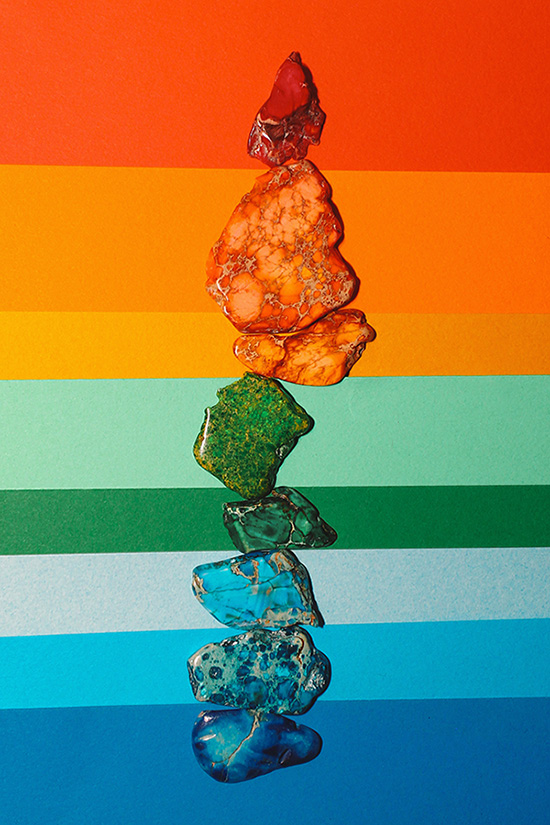
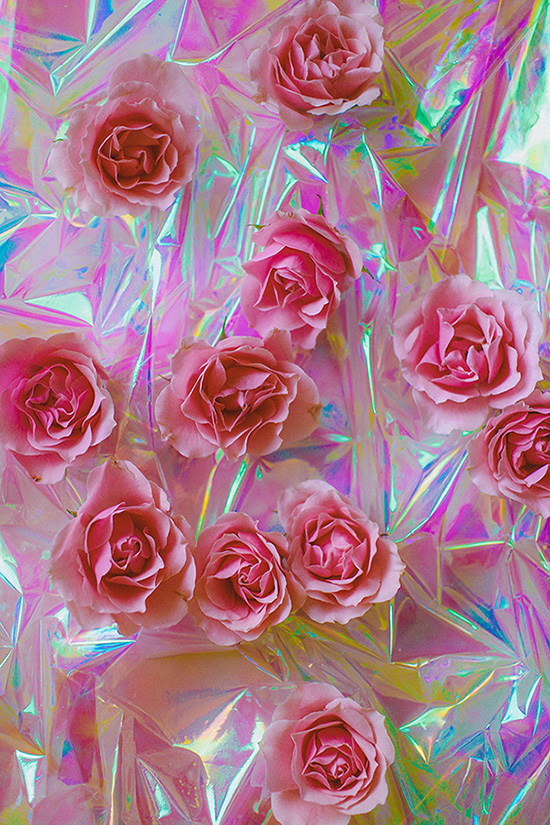
Dania Shihab: How are you? What have you been up to?
Brian Vu: I’m well thanks, not doing a lot of freelance work lately, just focusing on my own work. Some friends are in town so I’ve been busy showing them around. I have a wedding to go to this Saturday. I’ve got to go out and buy a suit or something ridiculous. It’s the first of my friends’ weddings that I’m going to. On a llama farm.
Tell me a little bit about your series, True False. When I first saw the series, for me the title was playing with the idea of reality and perception; perhaps some of the images were photographs and perhaps some of the images were collages, or digitally manipulated still-lifes, and it was hard to tell at times. Is that where the title of the series came from? What is the significance behind the title?
The series is, without delving too much into this, how opposites can compliment each other. I created a collection of black & white photos as well as super colourful photos. Everything is supposed to represent a feeling or period of moving from California to New York and just finding myself, really going through some amazing moments and some terrible moments as well; like living in New York and trying to find the beauty out of it. I’m not great at explaining my work really, so people can interpret it however they want, for themselves. When I begin a series of work I don’t have an idea in mind, it’s only when I finish the images then I am like, ‘Oh, this is how I felt, this is what I was going through’. I love that my work confuses people. I don’t have one set way of doing things, it’s whatever I see best.
Actually, you just touched on another question I was going to ask. So, for the series you didn’t approach it with the intent to portray or convey a certain idea behind your work, or a certain message – the images just came together?
Yeah, exactly. It was just a matter of aesthetics for a long time. I was cool with that for a while, with a certain style being a Brian Vu image, but as of recently I am much more focused on exactly what I want to create. Now, for my new work, I’ll start with sketches and then create images out of them. That’s been a completely new way to approach a project for me…
As in you have an image in mind and you are creating that image with collage or photography, after you’ve envisioned what you wanted to create. So previously would the images evolve…
Yeah, everything used to be very natural and very sporadic, and in the moment it would all come together. I tried doing something for this new work, and halfway through I was like, ‘Woah, these are the kind of images I want to make, I want to work further with this…’
You’ve described your work in the past as ‘praying to god on an acid trip’ and there is a lot of religious iconography in your work. Why is religion an important theme to explore? Of course, religion is personal and subjective, but why in True False was it a recurring element in your work?
So I grew up in a Catholic family and I had a negative and positive experience with it. As of recently I have been bringing it back into my work subconsciously. I always thought Christian/Catholic living was beautiful: there is some good in it. There’s also bad in it as well. I kind of wanted to project that in my work. Like, here is an image of the Virgin Mary but it’s distorted. Here is an image of Jesus Christ but it’s kind of creepy, yet it’s very beautiful at the same time. I’ve always been a spiritual person, but I’m not a religious person. I believe there’s a lot more to life than religion.
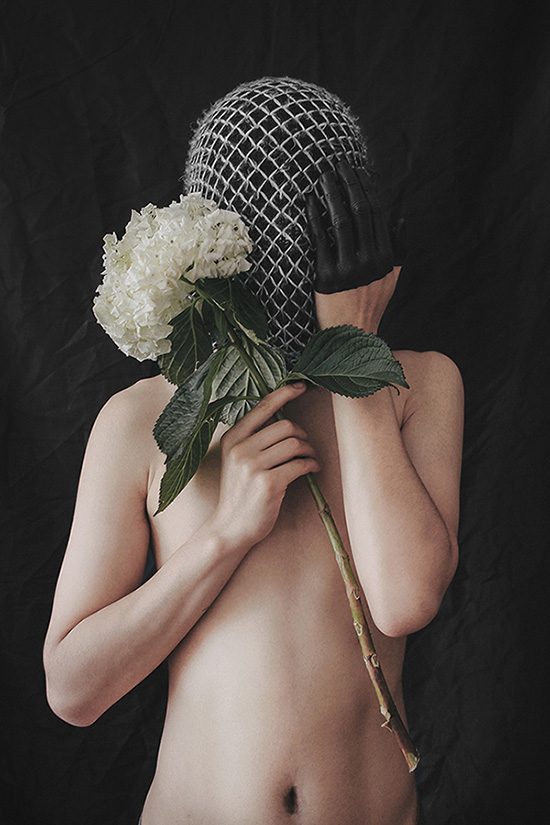
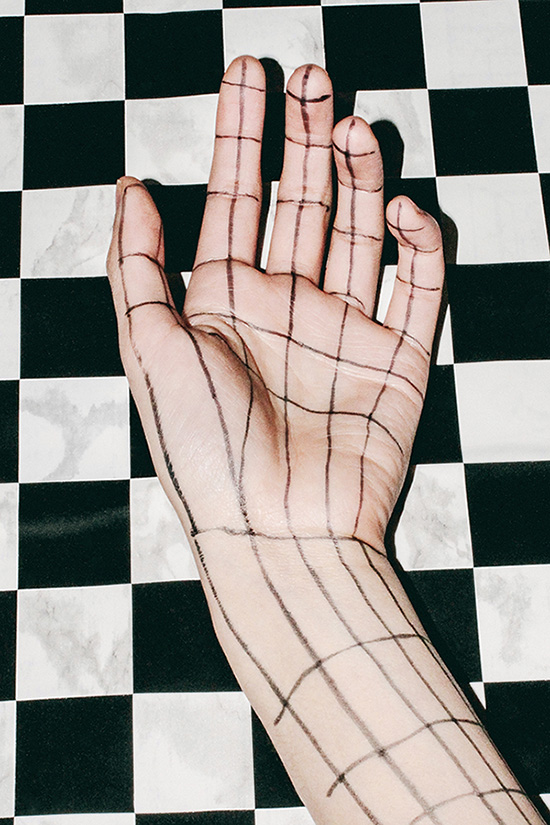
A preview from Brian Vu’s new series New Guilt
Wow, just received your new work (above). So different, a different colour palette completely, very monochromatic…
Yeah, I wanted to completely steer away from colour and to create something that was sinister and evil-looking. A lot of people are interpreting True False as, ‘Oh, this work is so happy, colourful, and vibrant’, but the ideas behind them don’t come from a place of happiness – they come from a place of sadness and depression. My new work is a more direct way of saying that. It’s coming together. I want people to see that I’m doing something new. I want to challenge myself with working with black and white.
Are you inspired by any current aesthetic or movements at the moment? Are there any artists to whom you’ve aspired to work in a similar way? Who do you think is pushing the limits of photography?
Chad Wys, he creates beautiful paintings and sculptures. I believe our work is on the same level as far as our message to people. He samples a lot of old paintings, manipulates them, or paints over them. His work feels very mysterious, very forward-thinking. He is a huge inspiration to me right now. The photographer Pretty Puke, he’s a friend of mine. He was the first person to really get me into photography and inspire me to be as weird as possible. You know his work: it’s challenging and intense. Before working with him, I was just making boring, kind of mindless work, just shooting portraits that didn’t mean anything and he was the one that was like, ‘Lets collaborate,’ and make some insane things happen. It all came naturally after that.
His work is very confrontational and polarising. Do you want to be confrontational in your work or are you just interested in pushing your own limits in photography?
I do think my work is confrontational in a way, obviously not in the way that his is. I want to make striking images that people remember and that have a lot of significance behind them. I’m not set out to make boring images. I want people to escape themselves, escape reality and find themselves in my work. Relate to it yet also be detached from it. I want the reaction to be like, ‘Wow, how does this guy come up with this shit?’
Your work is definitely striking. I like the monochromatic approach with the second series. Looking at the images, they seem to relate more strongly to one another due to the consistent colour palette.
Yeah, for the new series I started creating images that looked too similar to the True False series, and I was like, ‘No, this is not where I want to go’. I explored as much of that body of work as I could and didn’t want to continue. I stopped what I was doing for a while and really thought about where I wanted to go. The new series still is my style but a whole different idea.
It’s about the relationship between humans and technology, the intimacy and detachment that you get from it and how humans nowadays can’t live without technology in their lives. There really is no escape. It’s also about how you can be anyone you want to be.
It’s interesting you’re saying ‘you can be anyone you want to be’, because anonymity is another recurring theme in your work. A lot of the people you feature in your work have obscured faces, or are photographed from a non-conventional angle. Is that something you are interested in exploring, the anonymity and identity that technology grants us?
That was one of the things I took away from Pretty Puke as well. He does a lot of portraits that are anonymous. You wouldn’t know the people in the portraits, he doesn’t write down their names or anything. He obscures faces a lot, covers them up. I think that’s what I want to achieve, I want people to see themselves in my work, because they don’t see a direct face. So people can identify with themselves more. It works a lot with my work and it’s a contrast to celebrity.
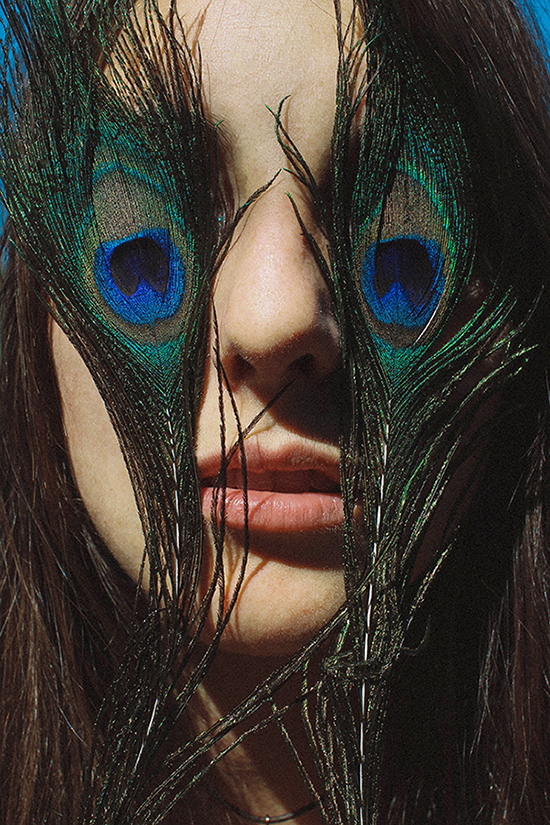
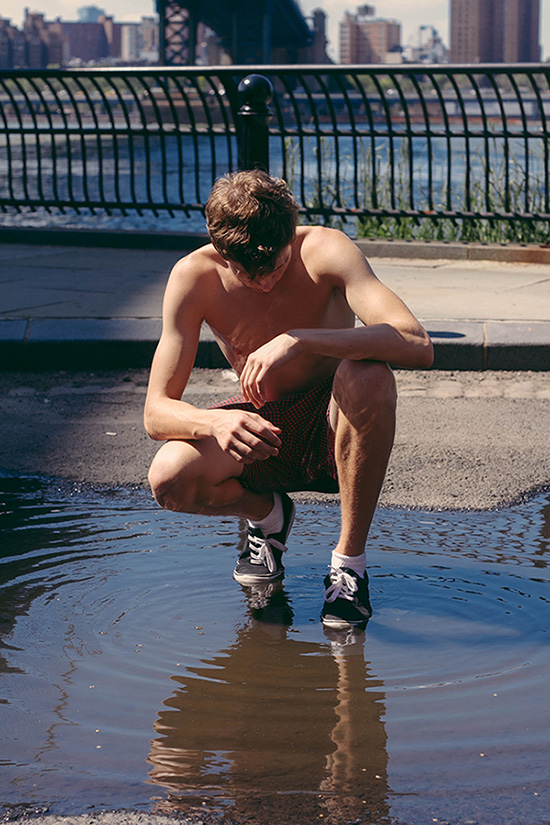
True False series: are there some handmade collages there or are they collages that have been digitally manipulated?
A few of them are digital manipulations. For the new work, I’ve been sampling some images and completely destroying them in Photoshop, so it’s a mixture. I like to bring various elements into my work.
There are some images that are quite vivid with a very strong colour spectrum, that are coupled with images that appear as normal photographs – like the photo of the man kneeling over a puddle. Why was that included in the series? Were you trying to say something in particular with that photo?
With that image, I photographed Sean Miller, who is a model from Fusion Models – he’s in New York. I guess that photo is a standout photo, because it is much more in reality. Sometimes I have images that are like a break or a breather in a series, just to not take myself too seriously.
So do you consider yourself an art photographer?
I more consider myself as an artist rather than a photographer because I construct images. I think photography is all about capturing moments of time, but my work just happens to be created with a camera. Timelessness is something that I think about.
Like a stylistic element that can be pigeon-holed into a decade or a time?
Yeah, exactly. You know the trends of photography, the still-life photography thing that is really popular right now? I’m very much aware of that. I don’t want to belong in that category or movement, I just want to be true to myself. It’s cool, it looks good, but it’s over saturated with artists.
Are you working on anything at the moment?
Yeah, I’m working on making True False into a book which will be out in the fall. I hope to have an exhibition for my next series; I didn’t have one for True False and I felt that it definitely needed one.
Yeah, it’s interesting, with the internet culture right now, we’ve almost got this compulsion to stay recognised. You almost have to post your work sporadically rather than to wait for a body of work to be finished and realised. Now, with social media, in order to stay connected you need to update in trickles, to let people know that you are working.
I definitely agree. There are many people making lots and lots of work right now. It’s very much in the moment. With True False I was constantly posting these images on Tumblr and not really thinking about putting it out in an exhibition until it was too late. It actually took on a life of it’s own when I put it on Tumblr. Tumblr asked me to be one of their official photographers on their site and that was really cool. I was on radar a handful of times. My work grew exponentially after this series. I’m so grateful that it happened. People started knowing me for my collages, but I didn’t want to be known for my collages, I wanted to be known for my photographs.
Do you think Tumblr is an important medium for young artists, or artists in general, to disseminate their work?
Yeah, completely. I found a lot of talented artists on Tumblr. Everybody is using it now. It’s a great way for images to be seen and to be passed around by anyone and everyone. If your work is good and people like it, it will be reblogged. It’s a great tool. I owe any acknowledgment of my work to Tumblr. It’s pretty crazy how fast it has all happened and I’m so incredibly grateful for everybody’s support.
Thanks for your time!
Thanks.

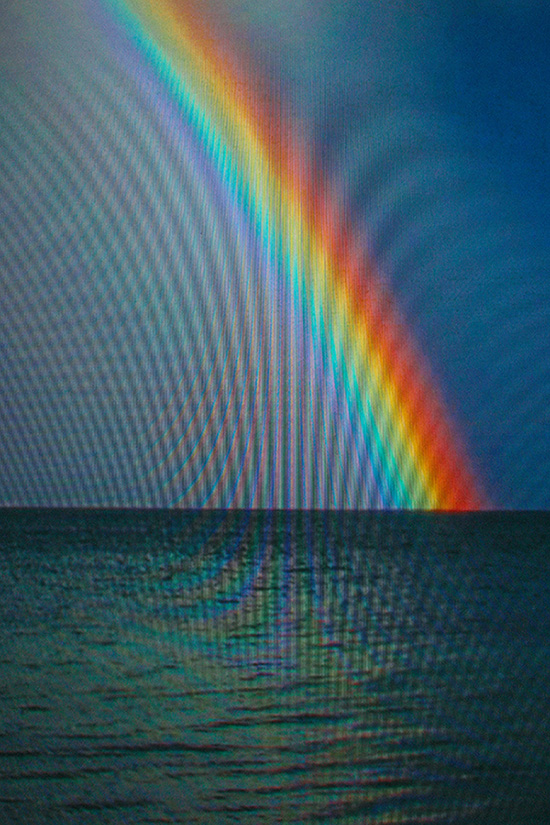
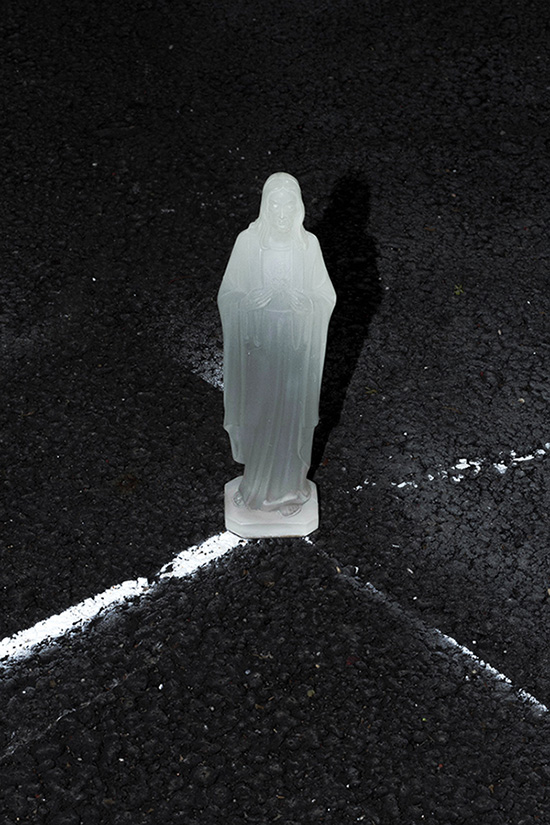
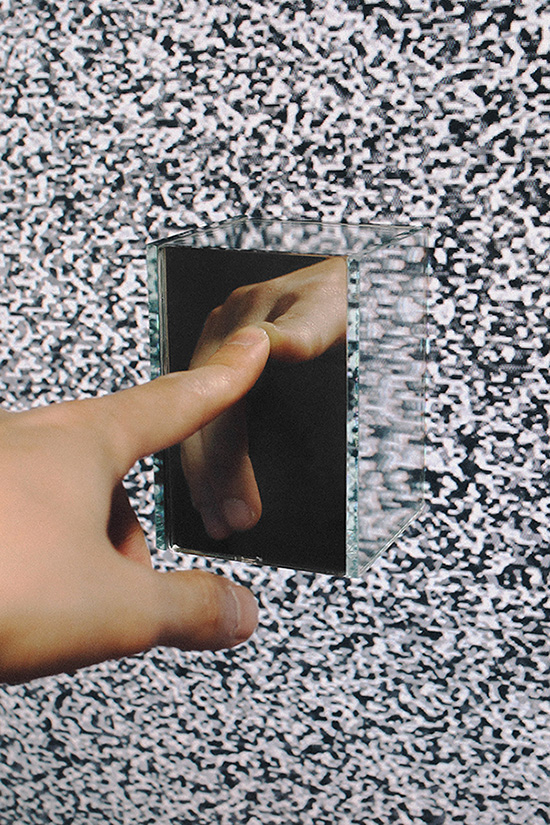

all photographs from the series True False
